What Is 1.35 As A Fraction

The seemingly simple question, "What is 1.35 as a fraction?" belies a broader understanding of numerical representation and its significance across various fields. From everyday calculations to complex mathematical models, the ability to seamlessly convert between decimals and fractions is a foundational skill. However, misconceptions and a lack of clarity in understanding the underlying principles can lead to errors and hinder progress in quantitative disciplines.
This article delves into the process of converting the decimal 1.35 into its fractional equivalent, exploring the mathematical principles involved, and highlighting the practical applications of this seemingly basic operation. It aims to provide a comprehensive understanding suitable for learners of all levels, from primary school students to professionals who rely on accurate numerical conversions in their work.
Understanding Decimals and Fractions
Decimals and fractions are two different ways of representing parts of a whole. A decimal uses a base-10 system, where each digit to the right of the decimal point represents a power of ten. A fraction, on the other hand, expresses a part of a whole as a ratio of two numbers, a numerator, and a denominator.
The conversion between decimals and fractions is a fundamental skill in mathematics. Mastering this conversion allows for greater flexibility in problem-solving and a deeper understanding of numerical relationships.
Converting 1.35 to a Fraction: Step-by-Step
The decimal 1.35 can be broken down into two parts: the whole number part (1) and the decimal part (0.35). The whole number part remains as is.
The decimal part, 0.35, represents thirty-five hundredths. This can be written as the fraction 35/100.
Therefore, 1.35 can initially be expressed as the mixed number 1 35/100. To convert this mixed number to an improper fraction, we multiply the whole number (1) by the denominator (100) and add the numerator (35): (1 * 100) + 35 = 135.
This result becomes the new numerator, and the denominator remains the same. So, 1.35 is equivalent to the fraction 135/100.
Simplifying the Fraction
The fraction 135/100 can be simplified by finding the greatest common divisor (GCD) of the numerator and denominator. The GCD of 135 and 100 is 5.
Dividing both the numerator and the denominator by 5, we get: 135 ÷ 5 = 27 and 100 ÷ 5 = 20. Therefore, the simplified fraction is 27/20.
Thus, 1.35 as a fraction in its simplest form is 27/20. This can also be expressed as the mixed number 1 7/20.
Practical Applications
Understanding decimal-to-fraction conversions is crucial in various real-world scenarios. In cooking, recipes often require measurements to be converted for scaling purposes.
In finance, interest rates and investment returns are often expressed as decimals, but understanding their fractional equivalents can provide a clearer picture of the proportional gains or losses. In engineering, precise measurements and calculations often involve both decimals and fractions, requiring seamless conversions to ensure accuracy.
Even in everyday situations like calculating tips or splitting bills, the ability to quickly convert between decimals and fractions can be incredibly useful. The National Institute of Standards and Technology (NIST) emphasizes the importance of accurate measurement and conversion in various sectors, highlighting the broad applicability of this skill.
Common Misconceptions
One common misconception is that all decimals can be easily converted into simple fractions. While this is true for terminating decimals, repeating decimals require a different approach involving algebraic manipulation.
Another misconception is forgetting to simplify the fraction after the initial conversion. Failing to simplify can lead to unnecessarily complex calculations and a less clear understanding of the underlying proportion.
Some students struggle with identifying the place value of the decimal digits. Understanding that 0.35 represents thirty-five hundredths is critical for correctly setting up the initial fraction.
Tools and Resources
Numerous online calculators and resources are available to assist with decimal-to-fraction conversions. These tools can be helpful for checking answers and exploring different types of conversions.
Educational websites and math textbooks provide detailed explanations and practice problems to help solidify understanding. Furthermore, seeking guidance from a math tutor or teacher can provide personalized support and address specific areas of difficulty.
Sites like Khan Academy offer free resources covering fractions and decimals. Using a variety of learning materials can help solidify the process of conversion.
Conclusion
Converting the decimal 1.35 to the fraction 27/20 (or 1 7/20) is a fundamental mathematical skill with widespread applications. By understanding the underlying principles of decimals and fractions, and by practicing the conversion process, individuals can enhance their numerical literacy and problem-solving abilities.
While the specific conversion of 1.35 may seem trivial, it represents a crucial step towards mastering more complex mathematical concepts and successfully navigating quantitative challenges in various aspects of life. Continued emphasis on foundational skills like decimal-to-fraction conversions is essential for fostering a strong mathematical foundation and empowering individuals to confidently engage with numerical information.



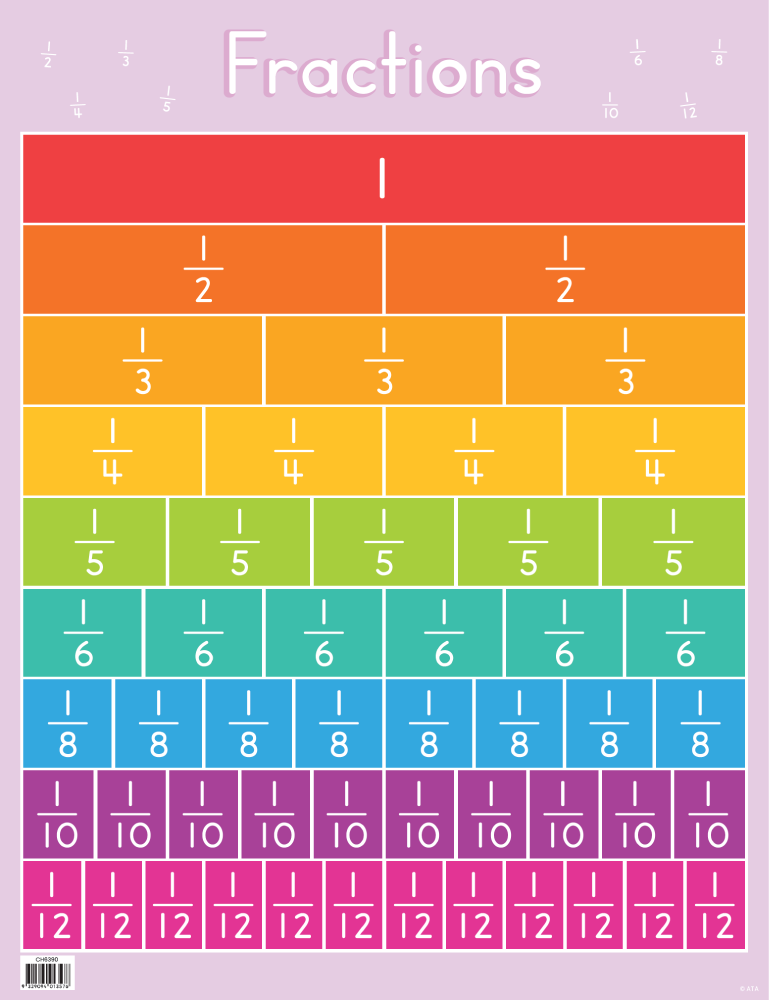
![What Is 1.35 As A Fraction What is 35% as a Fraction [Solved]](https://ik.imagekit.io/brightchamps/tr:w-800,c-maintain_ratio,q-75,f-auto/math/math-questions/35-percent-as-a-fraction.png)


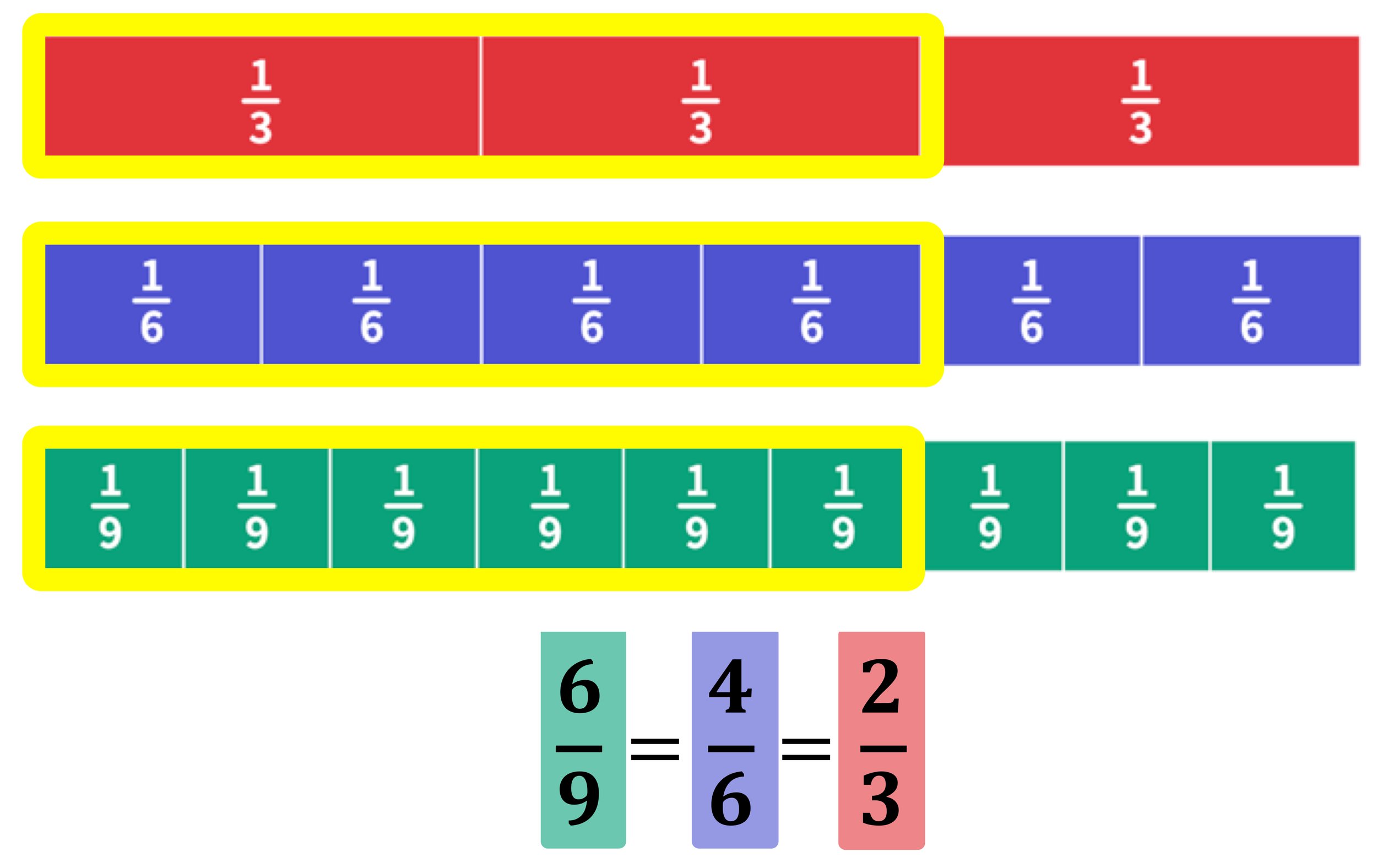
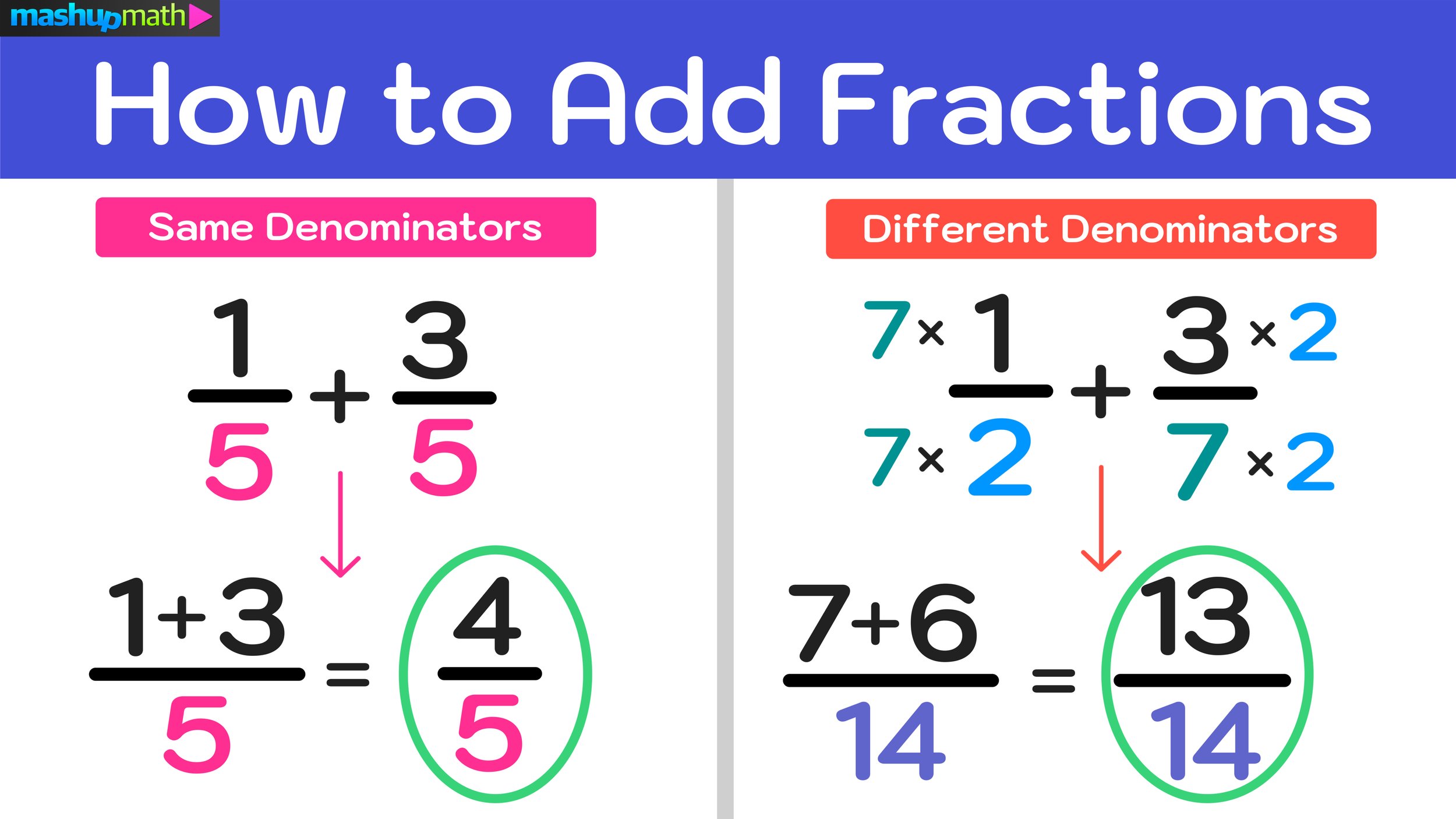

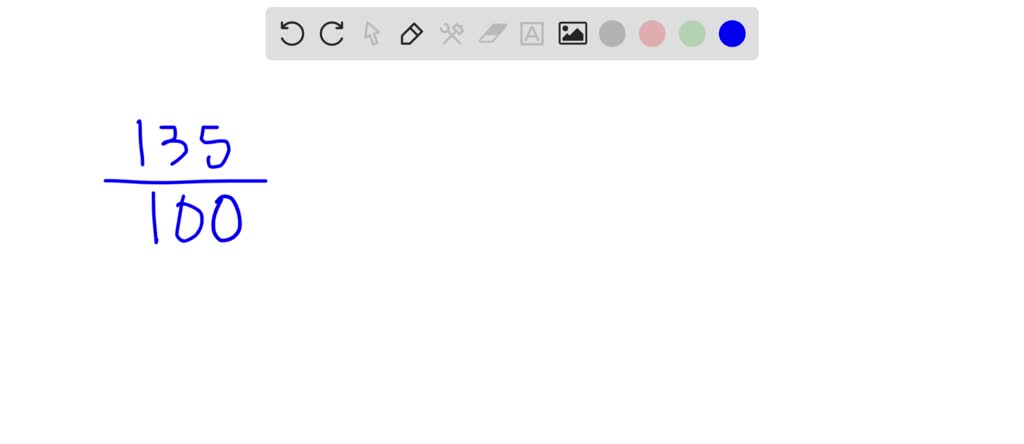
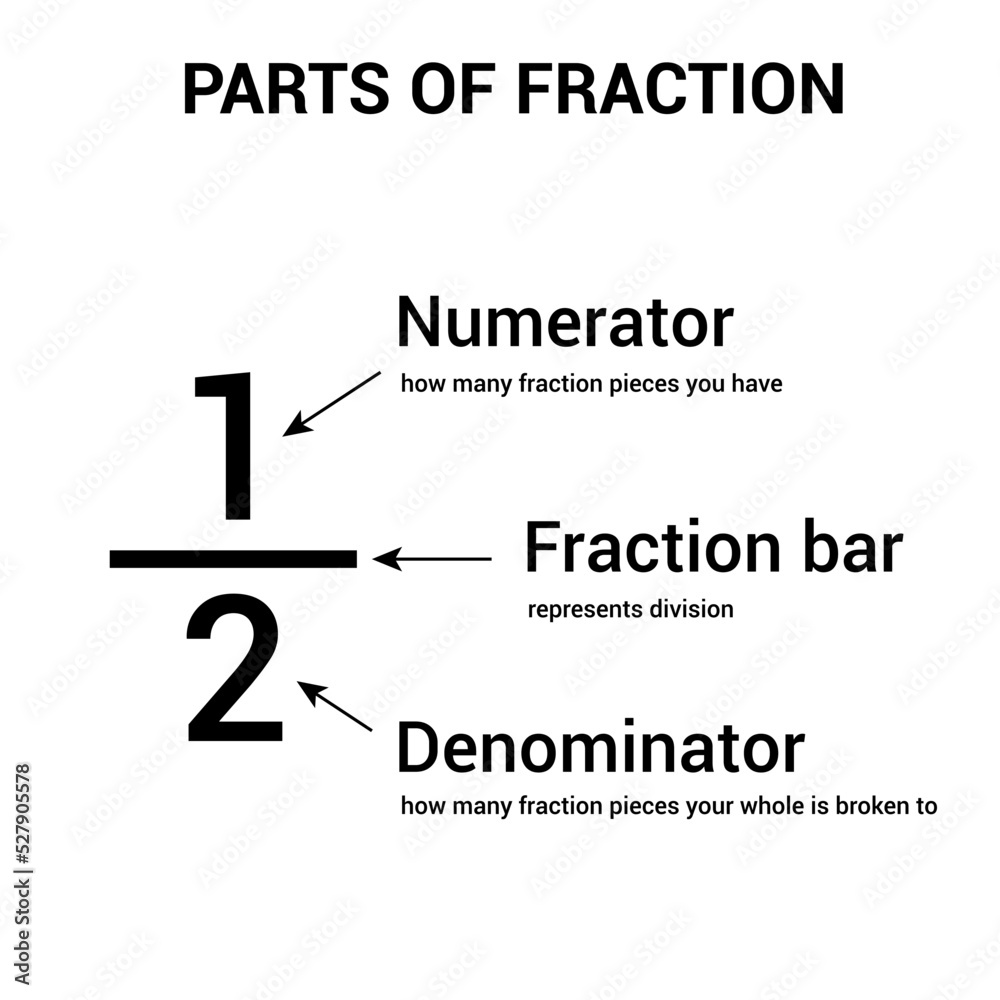

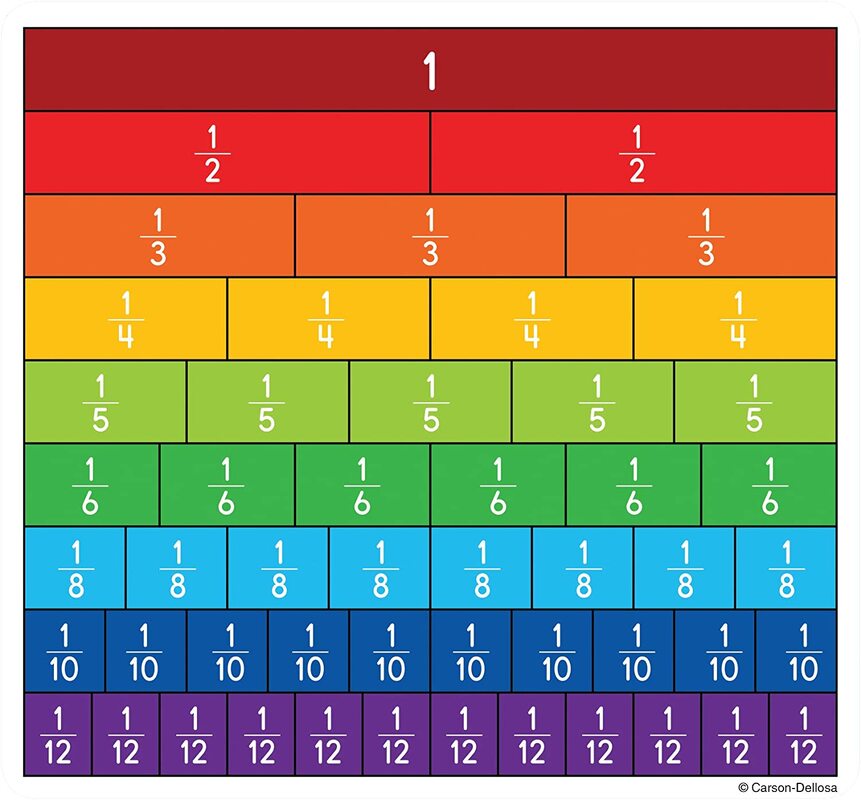
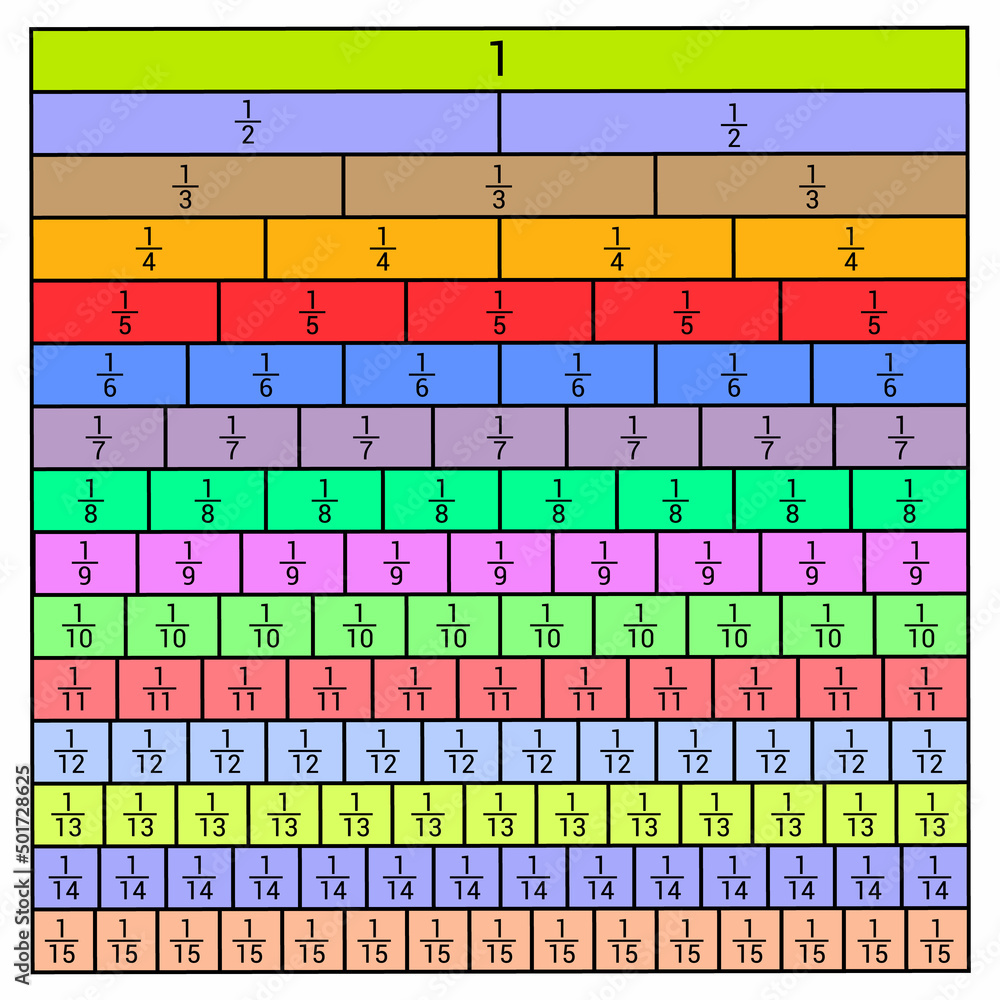

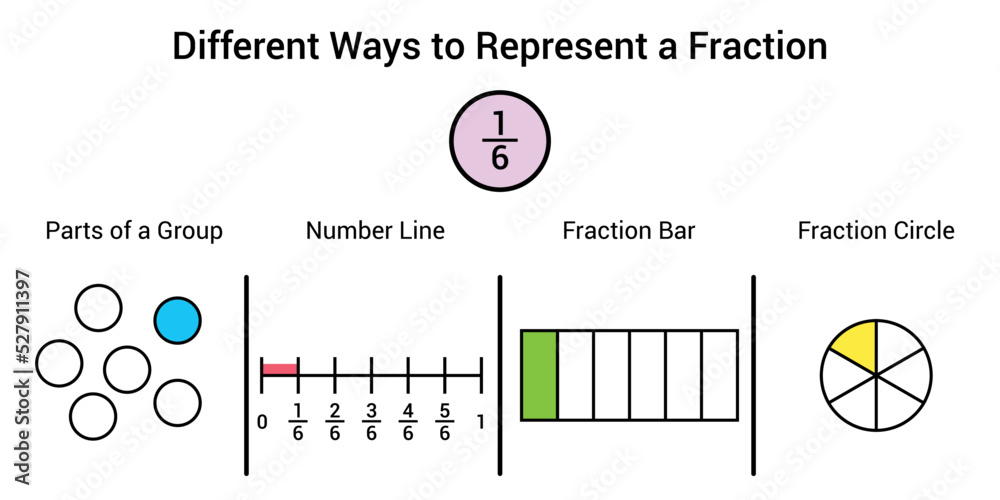
![What Is 1.35 As A Fraction [ANSWERED] Rewrite the fraction 1 with 35 as the denominator 7 - Kunduz](https://media.kunduz.com/media/sug-question-candidate/20230819213625097733-5834244.jpg?h=512)
